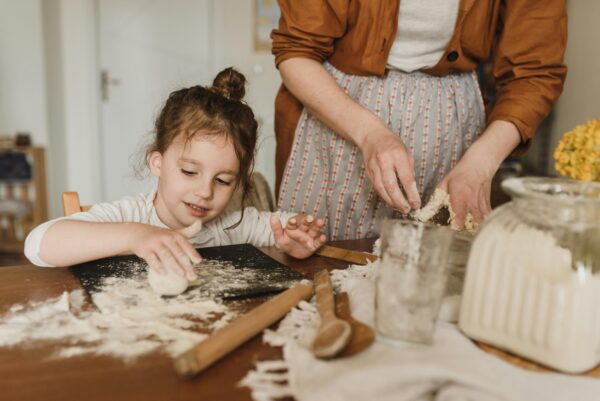Volunteering is more than just a way to help others. It’s also an impactful learning experience for children. When young people dedicate their time and energy to supporting a cause, they develop empathy, responsibility, and problem-solving skills that extend beyond the classroom and into their personal lives. Whether they are cleaning up a local park, helping a younger student with reading, or collecting food for families in need, acts of kindness can have a lasting effect on how children see themselves and their place in the world.
Learning happens everywhere, and volunteering gives children the opportunity to apply their knowledge and develop the confidence that comes from knowing they can make a positive impact. Here are some ideas for encouraging giving back at every age.
Early Learners (Ages 4 to 7): Learning Kindness Through Simple Acts
For young children, volunteering starts with small acts of kindness. They might help a parent bake cookies for a neighbour, help prepare pet treats for a local animal shelter, or make “thank you” cards for teachers, mail carriers, or healthcare workers. These experiences teach empathy and show that helping others can be both fun and rewarding.
At this age, the focus should be on participation rather than perfection. Talk to your child about what they are doing and who it helps. A simple conversation, such as “How do you think it feels to get a card like this?” can help them connect their actions to emotions and understand the value of caring for others.
Elementary Students (Ages 8 to 11): Building Responsibility and Teamwork
Children in this age group are ready to undertake more complex tasks. They might volunteer with a parent at a local food bank or community event, read stories to younger children at a library or daycare, or join in on a neighbourhood cleanup. Volunteering as a family is especially effective because it models teamwork and demonstrates that giving back can be an integral part of everyday life.
Encourage your child to reflect on their experience. Ask questions like, “What was something you learned while helping?” or “What made you feel proud today?” These conversations help children see volunteering not only as a good deed but also as an opportunity for growth.
Middle and High School Students (Ages 12 to 17): Connecting Interests to Impact
Older students can connect volunteering to their personal interests or future goals. A student who loves animals might consider volunteering at a local animal shelter. Someone interested in science could assist with community garden projects. Teens who enjoy leadership might organize a charity fundraiser or tutor younger students.
These experiences teach valuable skills, such as communication and empathy. Volunteering also provides teens with real-world experiences they can share in school projects, scholarship applications, or job interviews. Most importantly, it helps them build a sense of purpose that supports both their academic and emotional development.
Volunteering reminds students that learning is not limited to the classroom. It’s something they live every day. When children of any age take time to help others, they learn important lessons about the importance of community.
Encourage your child to look for small ways to give back this season. Whether it is five minutes or five hours, every act of kindness builds confidence, character, and a love of learning that lasts long after the volunteering is done.
